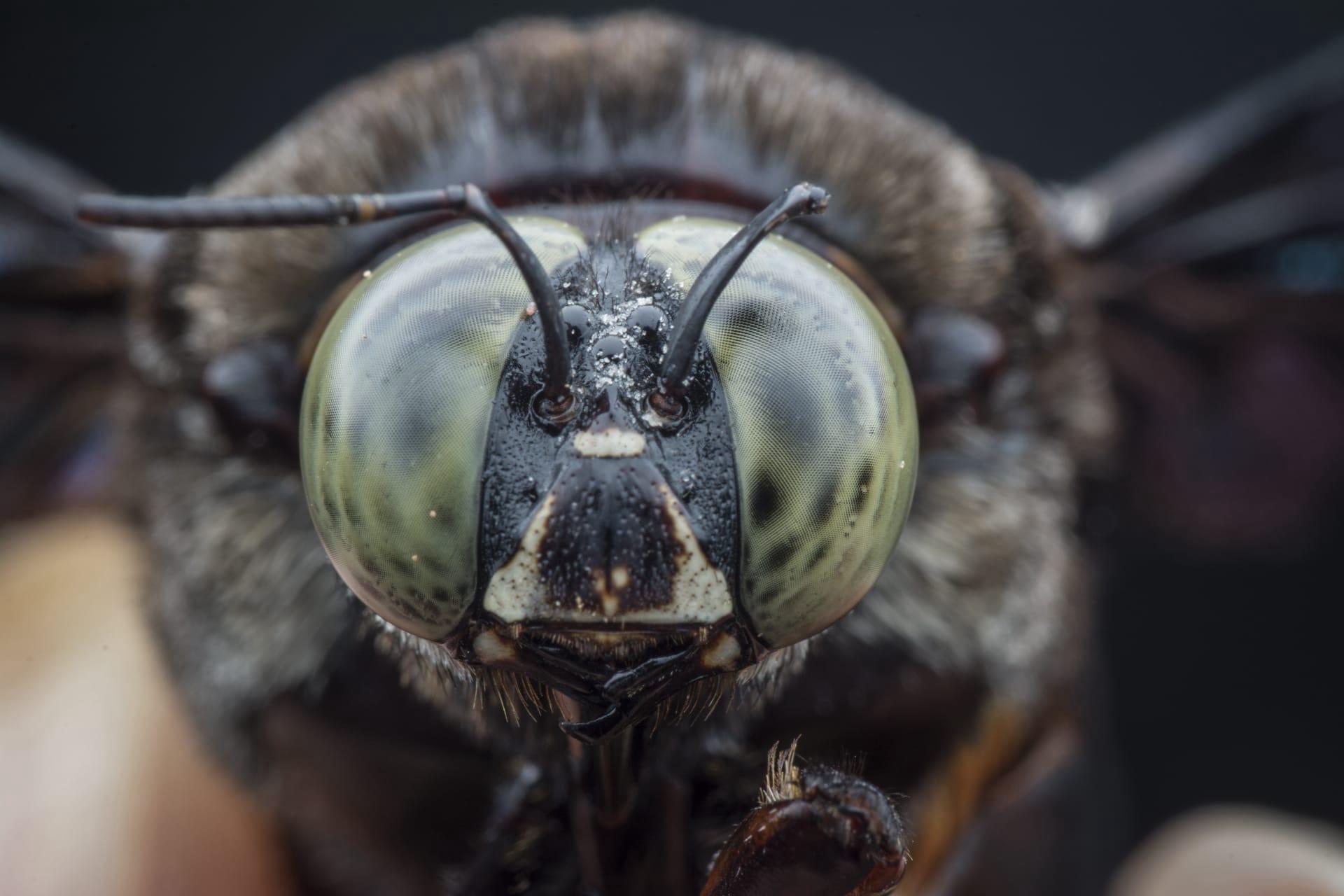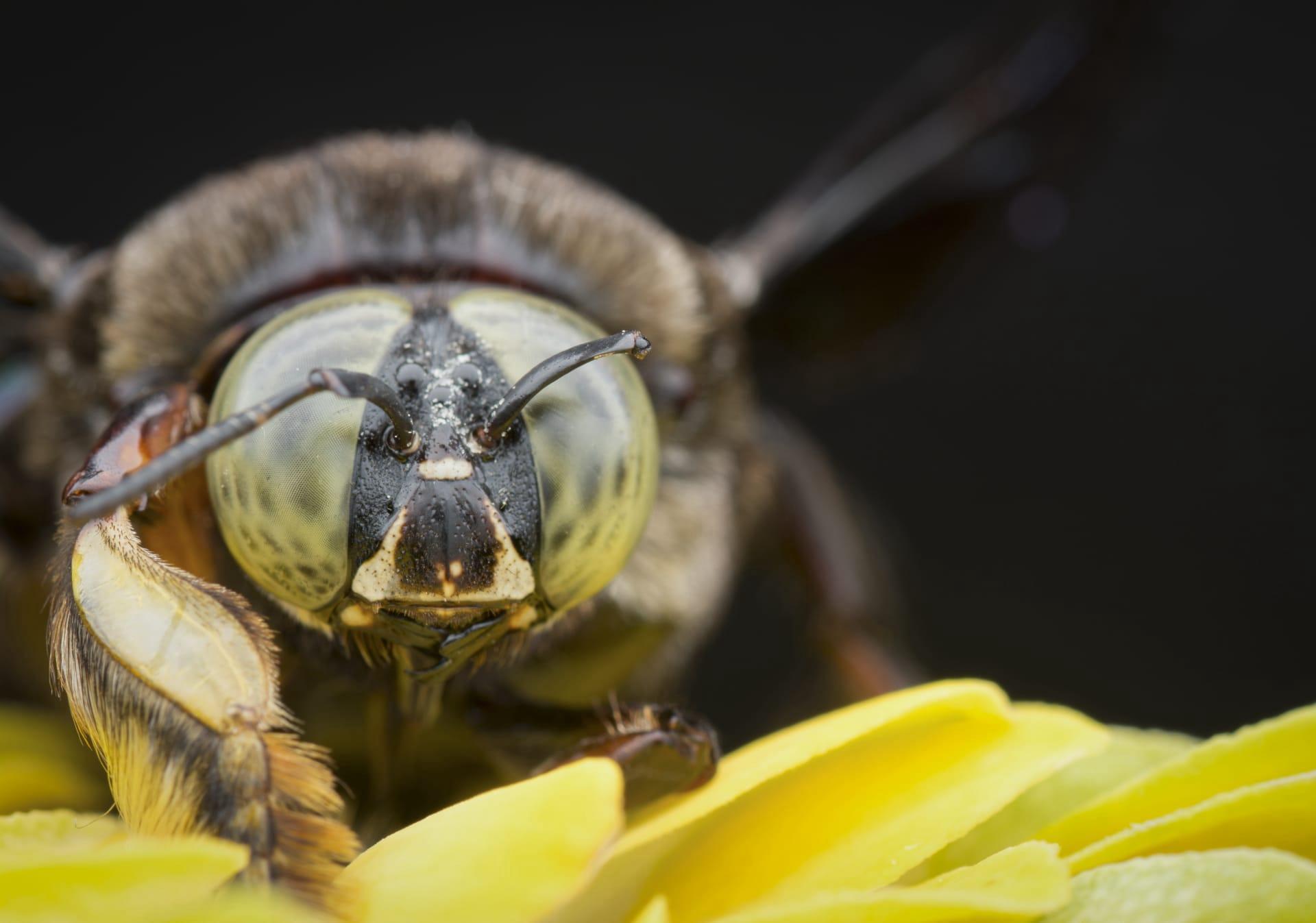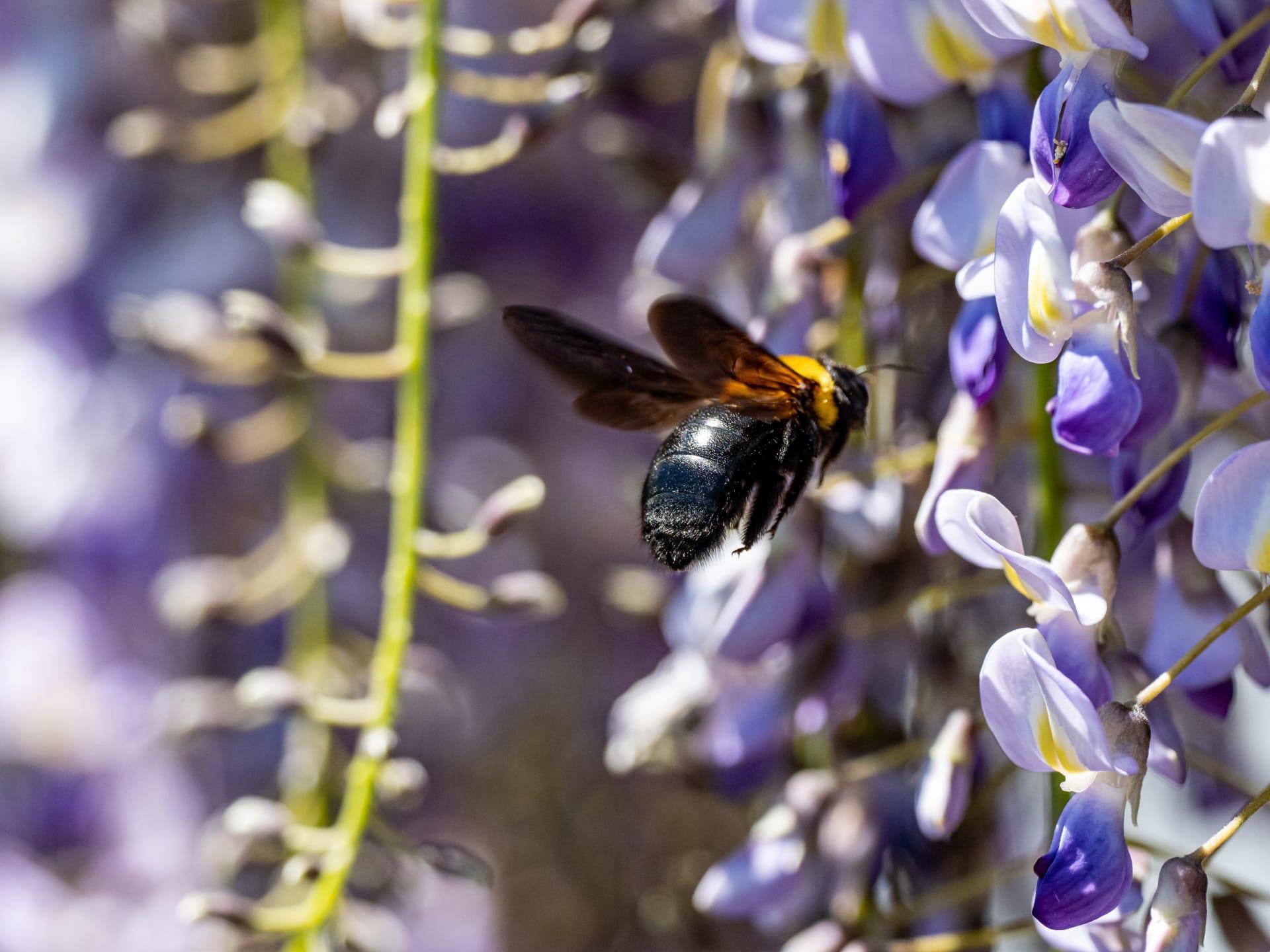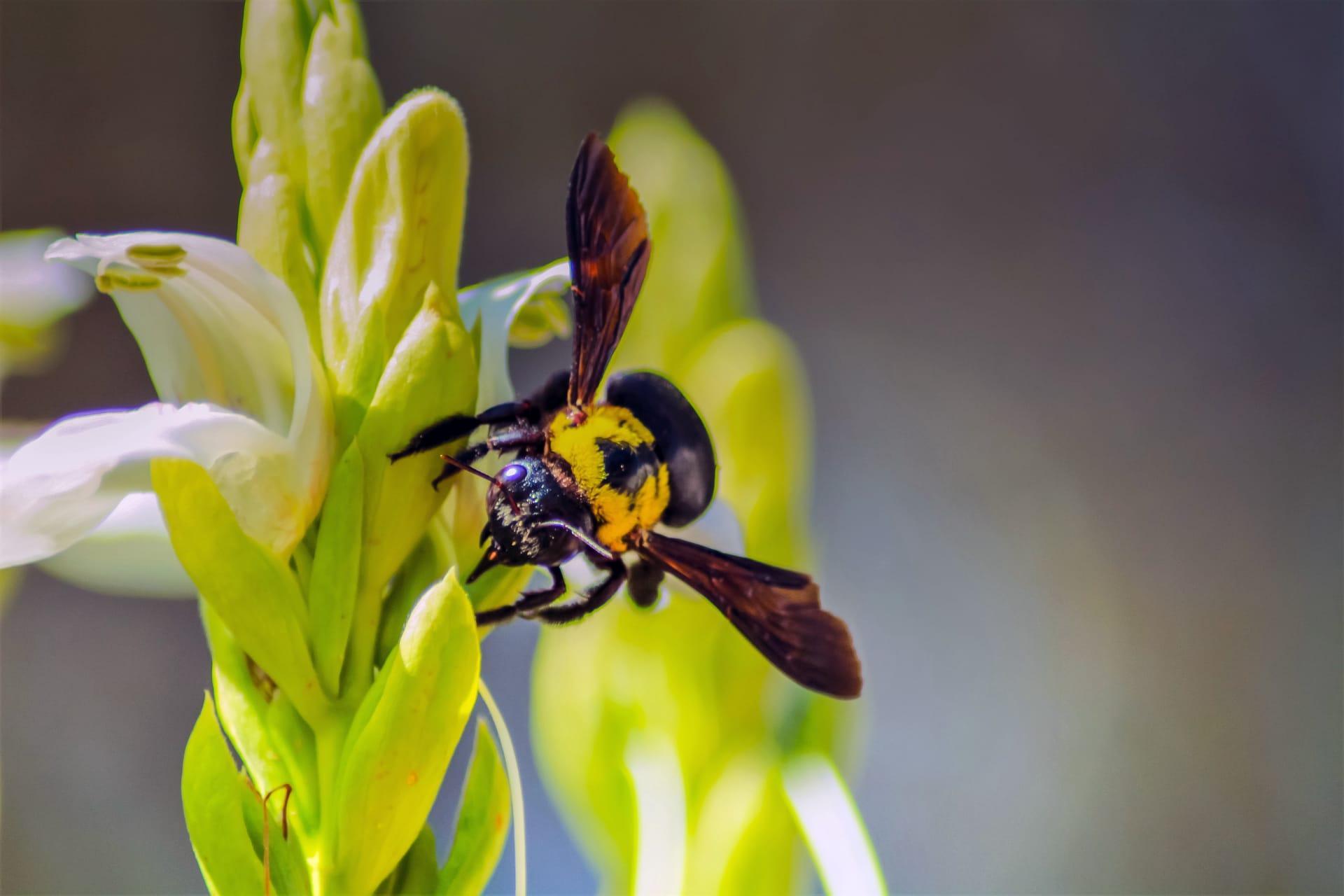1
Carpenter bees, named for their ability to drill through wood, create intricate galleries or tunnels inside wood for their nests. A single tunnel, remarkably engineered, can be about 1/2 inch in diameter and extend up to 10 inches long. These bees prefer weathered or unpainted wood, making outdoor wooden structures like garden sheds or decks prime real estate. Intriguingly, each tunnel has a series of cells, where the bee stores food and lays a single egg per cell, stacking them like a tiny apartment complex.
Their ability to buzz pollinate is a unique trait among bees. Unlike the common honeybee, carpenter bees can vibrate their bodies at a specific frequency, causing pollen to explosively release from certain types of flowers. This method is particularly effective for pollinating crops like tomatoes and eggplants, making carpenter bees not just wood sculptors but also crucial players in our agricultural system.

2
Despite their daunting appearance, male carpenter bees are actually harmless; they lack stingers. Only females can sting, and they do so rarely, usually only when provoked. This contrasts sharply with other bee species, where often both genders are equipped to sting. The male's role is primarily guarding the nest's entrance, hovering near it and chasing away intruders – a bluffing tactic to protect their territory.
Carpenter bees are solitary creatures, differing vastly from the social structure of honeybees or bumblebees. Each female bee works alone to build her nest, lay eggs, and gather food. This independence marks a significant departure from the collaborative colonies of other bees, showcasing a different facet of bee social structures. Their solitary nature means they don't produce honey or wax, focusing solely on reproduction and survival.

3
The lifespan of a carpenter bee is quite fascinating. They have one of the longer lifespans among bees, living approximately one year. This is notable considering most bee species, like honeybees, have a lifespan of only a few weeks to a few months. The carpenter bees' extended life allows them to witness and adapt to seasonal changes, playing a crucial role in their local ecosystems throughout the year.
Interestingly, carpenter bees have a strong homing instinct. They often return to the same area where they were born to mate and nest. This remarkable fidelity to their birthplace can lead to generations of carpenter bees occupying the same wooden structures or trees, creating a long-standing lineage of bees in one location.

4
Carpenter bees have a unique relationship with woodpeckers. Their wooden tunnels are often targeted by woodpeckers, particularly the pileated woodpecker, who can detect the larvae inside the tunnels. This creates a dynamic interaction in the ecosystem, where the carpenter bee's nesting choice inadvertently provides a food source for these birds, demonstrating an unexpected link between different species.
These bees also exhibit a behavior known as 'nectar robbing.' Rather than entering a flower the conventional way to access nectar, carpenter bees sometimes chew a hole at the base of a flower to directly reach the nectar. This bypasses the pollination process, showcasing a unique foraging strategy that sets them apart from other pollinators. Nectar robbing, while efficient for the bee, can be detrimental to the plant, as it doesn't benefit from pollination.

5
The coloring and appearance of carpenter bees are quite distinctive. They are often large, ranging up to an inch in length, with shiny, mostly black bodies. Unlike bumblebees, carpenter bees have a smooth, glossy abdomen with minimal hair, giving them a unique visual identity. This sleek appearance aids them in efficient flying and maneuvering as they dart and hover around their territory.
Carpenter bees contribute significantly to the ecosystem through their role in pollination. While they are not as prolific as honeybees, they pollinate a variety of plants, especially open-faced flowers. Their foraging activities ensure the reproduction of many flowering plants, maintaining biodiversity and supporting various ecological functions. This highlights the importance of preserving these bees, despite their reputation for damaging wooden structures.